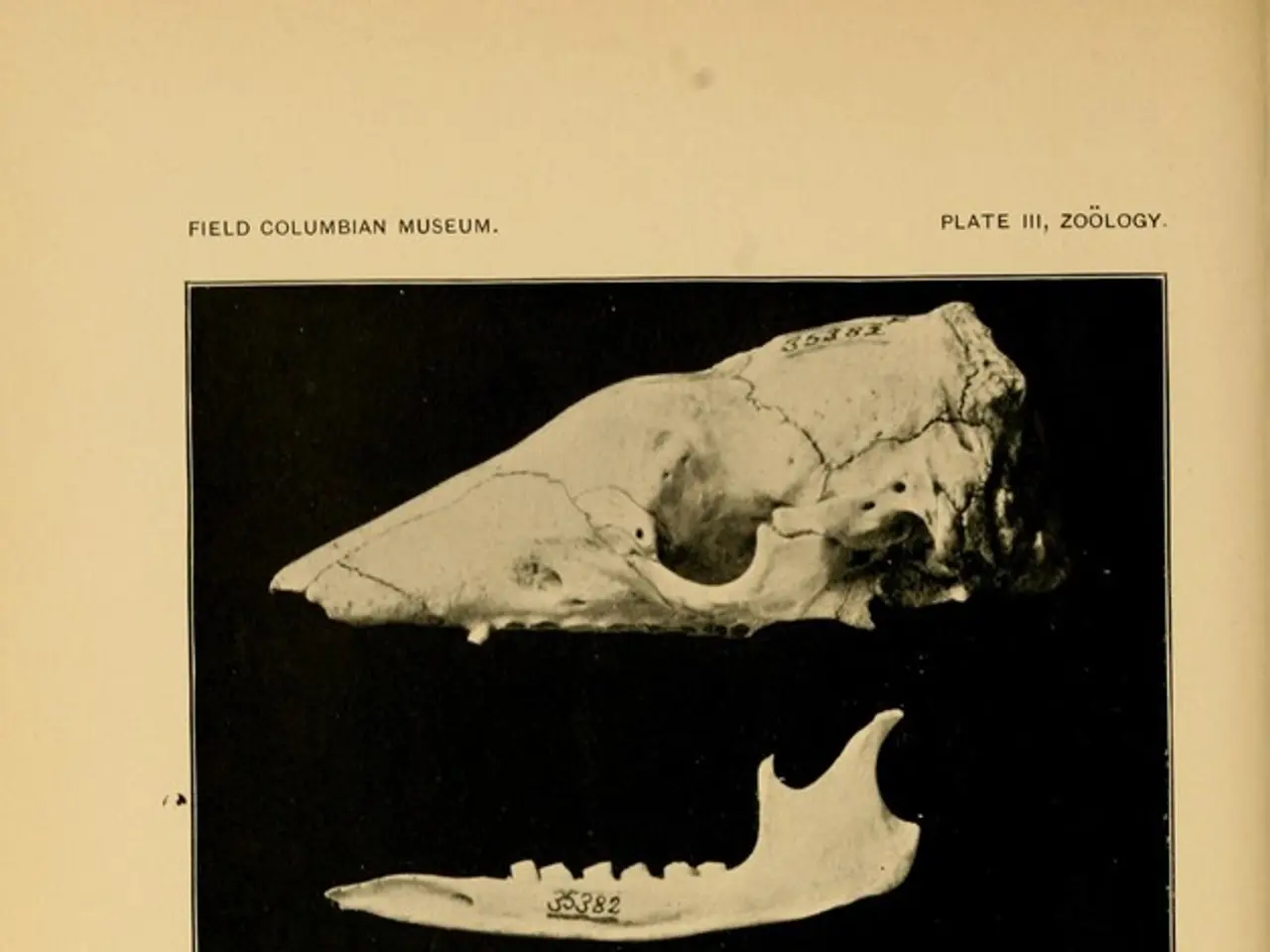Overcoming Internal Negative Thoughts - Cognitive Bias Workouts
In our daily lives, we encounter various thoughts and emotions that can sometimes lead us astray. These irrational thoughts, known as cognitive distortions, can contribute to psychological problems like anxiety, depression, and self-harm. However, there are several self-help exercises designed to help individuals recognise and reframe these distorted thinking patterns.
For older adults, accommodating for a decline in fluid intelligence is crucial. Presenting new information in the context of previous experiences can help promote learning. Recording important information and therapeutic measures can serve as reminders for older adults. When a negative thought arises, questioning its validity by asking if it is based on facts or assumptions can help challenge cognitive distortions.
The RAIN technique, a popular cognitive distortion exercise, involves recognizing, accepting, investigating, and negating distortions. Another exercise, the ABCs, assesses the situation, believes it or not, and checks the facts to ground thinking in reality. Cognitive restructuring, although not as effective for older adults, might be more suitable for behavioural strategies.
For children and adolescents, simple language and interactive methods are used to teach about cognitive distortions. Engaging, age-appropriate activities like cognitive distortions games are designed to introduce social/emotional vocabulary and concepts of negative self-talk in a playful manner. These games focus on identifying cognitive distortions like blaming, magnifying, global labelling, and catastrophizing.
For adults and teens, thought journals are used to track negative thoughts during the day and later analyse them for distortions such as all-or-nothing thinking or catastrophizing. Exercises like testing the evidence ask them to list factual support or contradiction to their negative thoughts, helping to create more realistic perspectives. Techniques such as cognitive restructuring and positive affirmations are effective for these groups, improving emotional resilience and mental well-being.
The "What If?" exercise encourages a mindset shift by considering different outcomes and possibilities, reducing the impact of all-or-nothing thinking and catastrophic predictions. Reframing the situation by looking at it from different angles can help break negative thought patterns associated with cognitive distortions.
Positive change is a gradual process that requires persistence and dedication. Be patient, practice exercises consistently, and consider seeking professional help or joining a support group if needed. Discussing thoughts with others can provide valuable insights and alternative perspectives.
References:
[1] Beck, J. S. (1976). Cognitive therapy and the emotional disorders. New York: International Universities Press.
[2] Burns, D. D. (2010). The Feeling Good Handbook. New York: Plume.
[3] Linehan, M. M. (1993). Cognitive-behavioral treatment of borderline personality disorder. New York: Guilford Press.
- Recognizing cognitive distortions is vital in maintaining better mental health, as these irrational thoughts can contribute to problems like anxiety, depression, and self-harm.
- The RAIN technique and the ABCs are exercises designed to help individuals identify and challenge cognitive distortions, promoting a healthier mindset and emotional well-being.
- For older adults, questioning the validity of negative thoughts, recording important information, and employing therapeutic measures can assist in managing cognitive distortions.
- Education about cognitive distortions for children and adolescents often includes interactive games and age-appropriate activities to teach concepts of negative self-talk in a fun and engaging way.
- Thought journals can help adults and teens track negative thoughts and analyze them for distortions such as all-or-nothing thinking or catastrophizing, which can improve emotional resilience and mental well-being.
- The "What If?" exercise and reframing situations can help break negative thought patterns associated with cognitive distortions, promoting better mental health and a more positive outlook on life.




